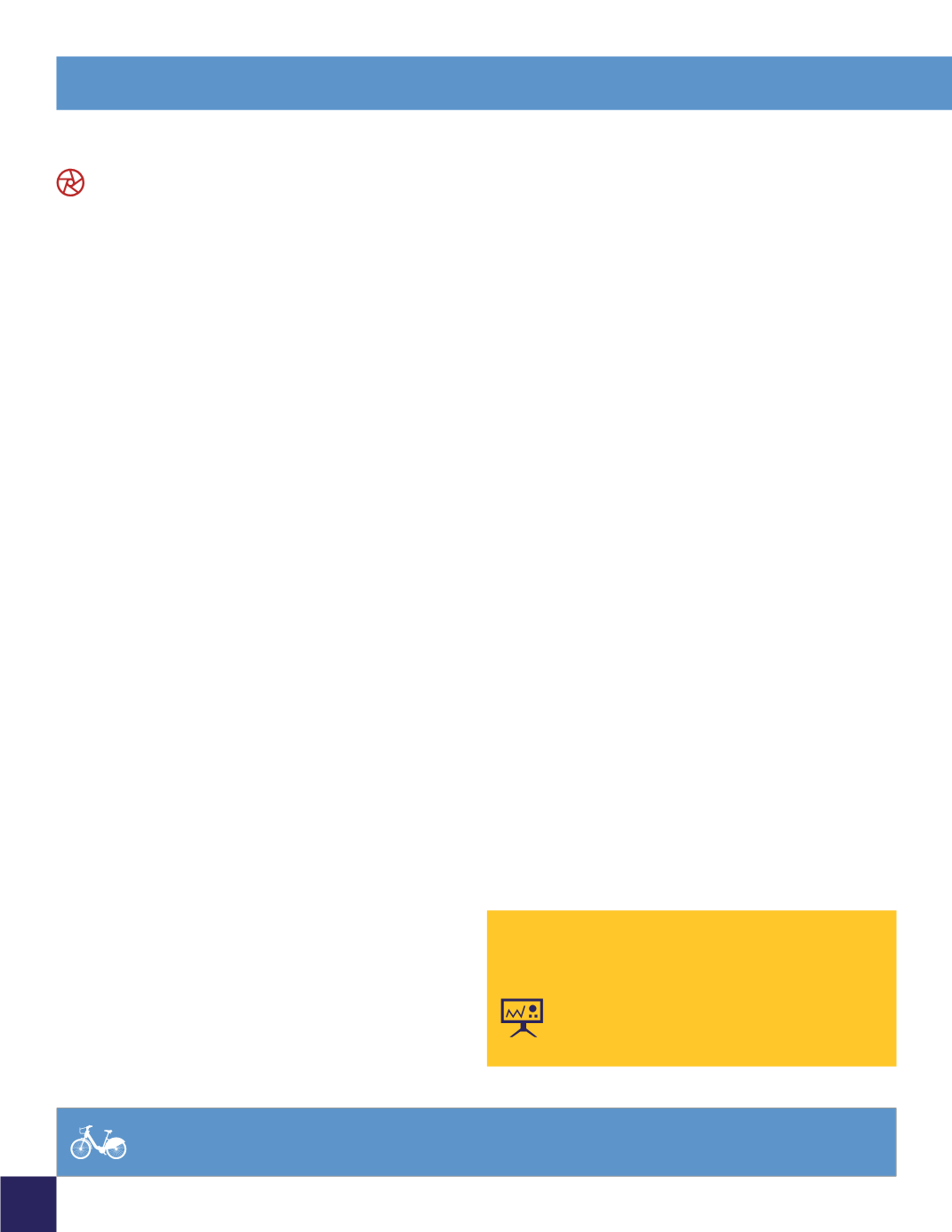
S18: Sleep in Children with Chronic
Health Conditions: Challenges and
Opportunities
10:20am – 12:20pm
Chair:
Penny Corkum, PhD
Faculty:
Valerie Crabtree, PhD; Lisa Meltzer, PhD; and
Tonya Palermo, PhD
Psychologist Level of Content:
Intermediate
Objectives:
1. Explain the relationship between sleep and a range of
chronic health disorders in children and adolescents;
2. Describe how sleep problems/disorders can affect
symptom presentation and functional consequences;
and
3. Discuss how sleep problems/disorders can affect
treatment response and identify methods of tailoring
sleep interventions for children with chronic health
conditions.
S19: Metabolomics and Sleep: Translational
Approaches from Animals to Humans
10:20am – 12:20pm
Chair:
Namni Goel, PhD
Faculty:
Tarja Porkka-Heiskanen, MD, PhD;
Debra Skene, PhD; and Aalim Weljie, PhD
Psychologist Level of Content:
Intermediate
Objectives:
1. Recognize how various metabolomic technologies can
be used in a systems approach to examine the well-
established and important links between sleep loss
and metabolism;
2. Describe the usefulness of metabolomic profiling
for determining biomarkers in response to different
degrees of sleep deprivation;
3. Describe the metabolomic effects of sleep loss and
discuss how the contributions of these responses
might vary under different types of sleep loss
protocols (acute total vs. partial sleep deprivation);
and
4. Evaluate metabolomic approaches and effects
translationally – from rodents to humans – in similar
experimental procedures.
S20: Future Models of Care: The Veterans
Health Administration Experience
10:20am – 12:20pm
Chair:
Kathleen Sarmiento, MD
Faculty:
Charles Atwood, MD; Samuel Kuna, MD; Jennifer
Martin, PhD; and Carl Stepnowsky, Jr., PhD
Psychologist Level of Content:
Introductory
Objectives:
1. Review the staffing and clinical challenges posed by
health care systems with increasing demand and finite
resources;
2. Discuss ambulatory models that can improve access
to care including shared medical appointments,
web-based portals, primary-care collaborations and
telehealth;
3. Describe the role of technology in making OSA
management more patient-centric; and
4. Identify what models exist for integrating CBT-I
treatment into sleep disorders centers.
Scientific Program | Wednesday
Poster Viewing
10:20am – 12:20pm
This is your final opportunity to explore the
Poster Hall, discuss the discoveries in the field
and network with colleagues.
FUN FACT
-
Minnesota has 90,000 miles of shoreline, more than California, Florida and Hawaii combined.
42


